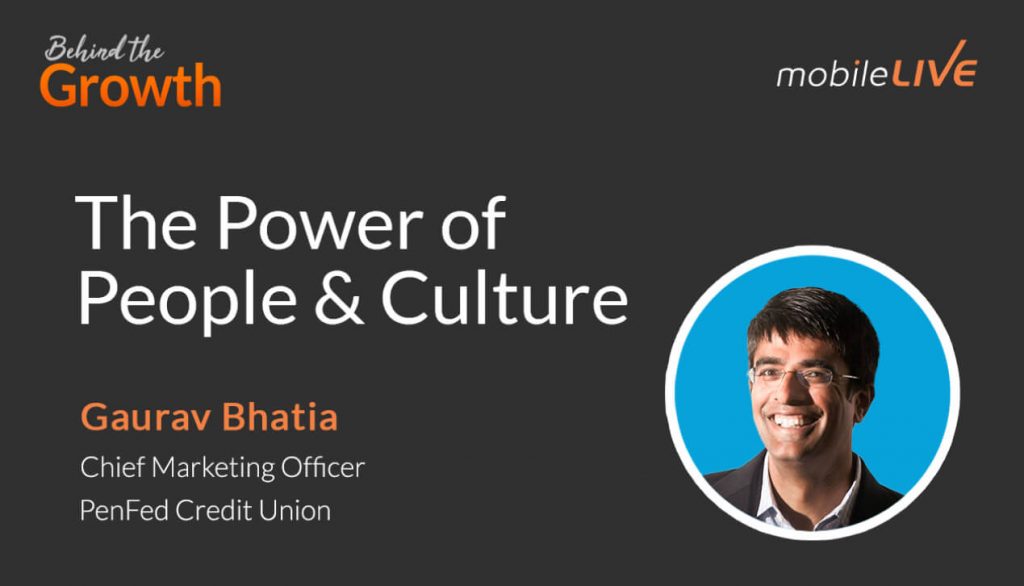Key Insights
The Power of Personalization in Digital Transformation
Robert emphasizes the importance of personalization in digital transformation. He discusses the challenges of capturing, storing, categorizing, and leveraging data to create a personalized experience for customers. He suggests that organizations can overcome these challenges by consolidating data and using it as input for their digital channels. This approach can lead to growth and a higher level of personalization, which is key to successful digital transformation.
The Role of Deep Linking in Customer Engagement
Deep linking is a critical strategy for creating personalized customer experiences. Robert explains that once a customer’s intention is understood, deep linking can be used to direct them to the exact product or service that meets their needs. This strategy is particularly powerful in mobile apps, where creating the right context can be more challenging. The end-to-end journey created by deep linking can trigger conversions and create success.
The Balance Between AI and Human Touchpoints
Robert explores the balance between AI and human touchpoints in digital transformation. He suggests that while AI technologies can provide valuable outputs, there is still a need for human touch in certain situations. He advises those pursuing a career in digital transformation to remain curious, understand their problems, and refine their skills in defining the right problem statement. This balance between AI and human touchpoints is crucial for the success of digital transformation.

Episode Highlights
The Journey of Digital Transformation
In the early part of the podcast, Robert discusses the evolution of digital transformation, from the early days of one-way communication to the current era of AI-driven interaction. He emphasizes the importance of asking the right questions to get the most out of AI and digital technologies.
“We’re really at a crossroads now when it comes to AI. If we look at the history of digital, it started off as a one-way conversation, web 1.0, where you’re interacting with websites, and it’s a one-way communication, and then it evolved into web 2.0, the entire social aspect, more of the interaction back and forth. And I think we’re now at the cusp of that third one with AI, where now we’re going to see, particularly through generative AI, more content.”
Personalization and Data Management
Robert discusses the challenges and opportunities of data management in the context of digital transformation. He highlights the importance of capturing, storing, categorizing, and leveraging data to create personalized experiences for customers.
“How do I capture it? How do I store it? How do I categorize it? How do I utilize it? How do I leverage it? So there’s a lot of these questions that can come up that can seem a little daunting, but I think that the way to get past that barrier is, there are a lot of organizations, and there are a lot of areas, in various industries, which we’ll move ahead and we’ll say, you know what? We’ve got some solutions for you to consolidate this data, to make it workable, to use it really as an input for your website, for your chatbot, for your app, or for whatever digital channel you have to really benefit from that personalization.”
Deep Linking and Customer Engagement
The conversation makes a turn toward the concept of deep linking and its role in creating personalized customer experiences. Robert explains how deep linking can direct customers to the exact product or service that meets their needs, thereby enhancing customer engagement.
“By utilizing deep links, you can bring them directly to that product or directly to that service that meets their needs without them having to look for it. And that’s particularly powerful when we’re looking at the app because when you look at linking on the web, that’s one item where you create a hyperlink, and you bring them there. But when it’s an app, there’s a little bit more of a challenge to get the right context.”
The Balance of Digital and Human Interaction
The discussion touches on the balance between digital and human interaction in customer service. Robert suggests that while digital technologies like chatbots and virtual assistants are becoming more prevalent, there is still a need for human touch in certain situations.
“Part of the reason why it hasn’t fully taken off is because people still want that human feel and touch. As much as we wanna be able to go to the app and do things, there’s still some percentage of customers or folks that still want to be able to talk to a live agent, for example, or go into a store.”







